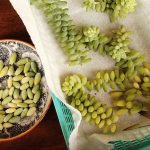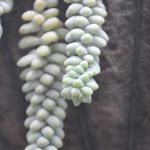For those seeking a fuss-free houseplant that flourishes with minimal care, the ever-popular jade plant fits the bill perfectly.
Originating from South Africa and scientifically labeled as Crassula ovata, these plants have gained worldwide acclaim. They are the prized members of the Crassula genus and are predominantly kept as indoor plants due to their preference for warm climates. In certain regions, they are even known as money plants for their reputed ability to attract financial luck to their owners.
Renowned for their low-maintenance requirements, jade plants generally don’t demand rigorous upkeep. Nevertheless, regular pruning is recommended if you aim to enhance growth and maintain your plant’s vitality.
Pruning is not indispensable for all jade plants, implying they can survive without a trim. However, the multitude of benefits associated with pruning underscores its significance in fostering robust and content plants.
Pruning Benefits
Pruning offers a plethora of advantages tailored to different plant species and growth patterns. When dealing with Crassula ovata, here are some key benefits that make pruning a valuable practice:
Encouraging Branching

During the initial growth stages of your Crassula ovata, particularly post-propagation, pruning plays a pivotal role. Trimming the top growth stimulates branching, leading to a lush and bushy plant over time.
Failure to execute this early pruning may result in a sparse and meager appearance, a scenario best avoided especially after the efforts put into propagation.
Removing Stretched Growth

Since Crassula ovata typically receives inadequate light levels indoors compared to their outdoor habitat’s sun exposure, their stems may start to thin out gradually, with fewer and smaller leaves.
This stretched growth occurs as the plant seeks light sources, ultimately leading to an unsightly appearance. Pruning these stretched branches and relocating your Crassula ovata to a brighter spot can revitalize its aesthetics and prompt new, healthy growth.
Controlling Size

For larger indoor specimens occupying limited spaces, the primary concern may not be new growth but rather managing size to maintain compactness. In such instances, pruning becomes imperative.
By routinely trimming stems, and potentially roots if necessary, your plant can adapt to cramped quarters without surpassing its container’s space. This pruning routine encourages new, branched growth, rather than straggly, elongated stems.
This maintenance also aids in shaping the plant and directing branch growth to achieve specific aesthetic goals.
Preventing Disease
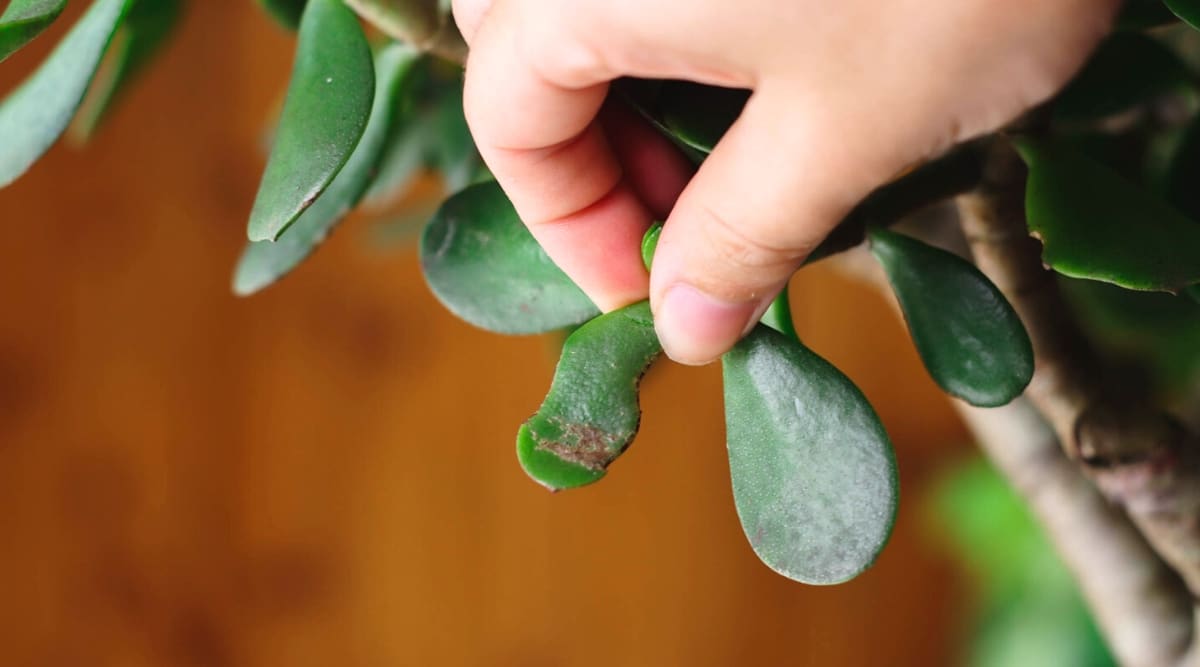

Timing
The timing for pruning your Crassula Ovata will vary depending on the purpose. In cases of damage or pests, immediate pruning is recommended to prevent further spread.
If pruning is aimed at encouraging growth or maintaining shape, it is advisable to do so during the plant’s active growth phase, typically in early spring. Pruning during this period ensures a quick recovery. However, if you miss the early spring window, any time in spring is suitable.
What You’ll Need

Due to the robust branches of Crassula Ovata, using only hands or regular scissors for heavy pruning won’t suffice. You may manage to remove a few leaves and green growth by hand, but for more extensive cutting, you’ll need sharp pruning shears. Ensure the shears are clean and sharp to avoid damaging the plant.
How To Prune Jade Plants
Below are steps for pruning your jade plant, with the choice of steps depending on your plant’s size and your pruning objectives. Select the appropriate steps during your annual pruning session.
Step 1: Trim Back Branch Ends
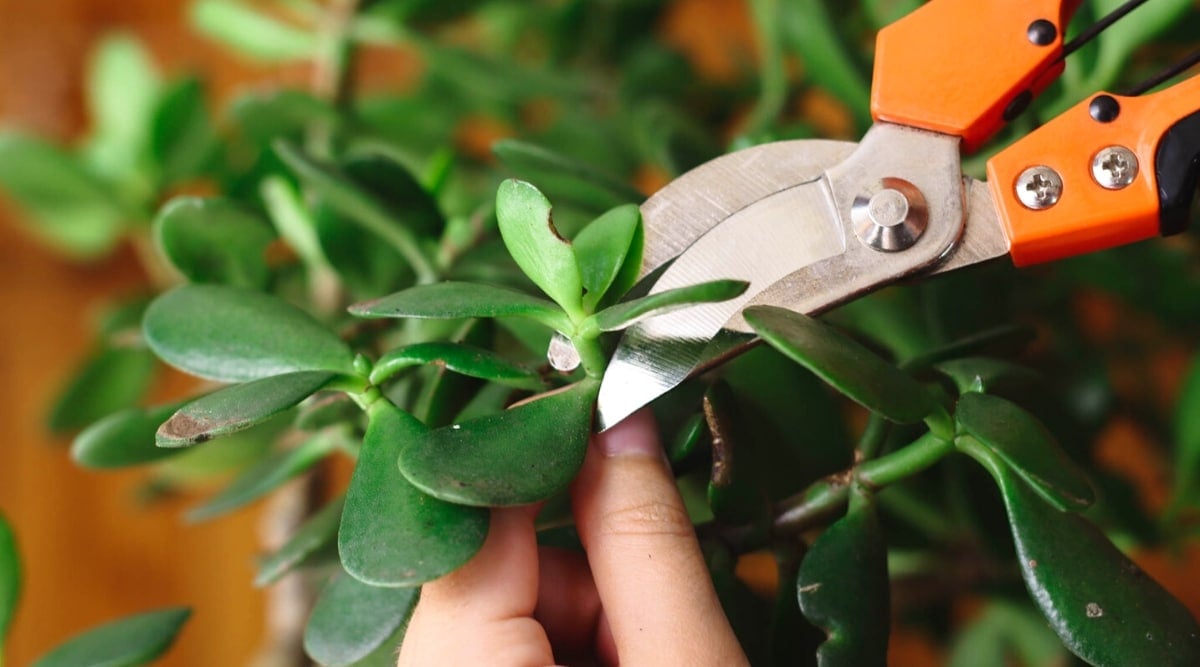
Start by pinching back the stem ends to encourage branching in smaller plants. For recently propagated jade plants with a single stem, pinch off the last leaf or go back to the last set of leaves. When removing leaves, save healthy sections for propagation as jade plants can grow from single leaves or cuttings.
Step 2: Remove Stretched Branches
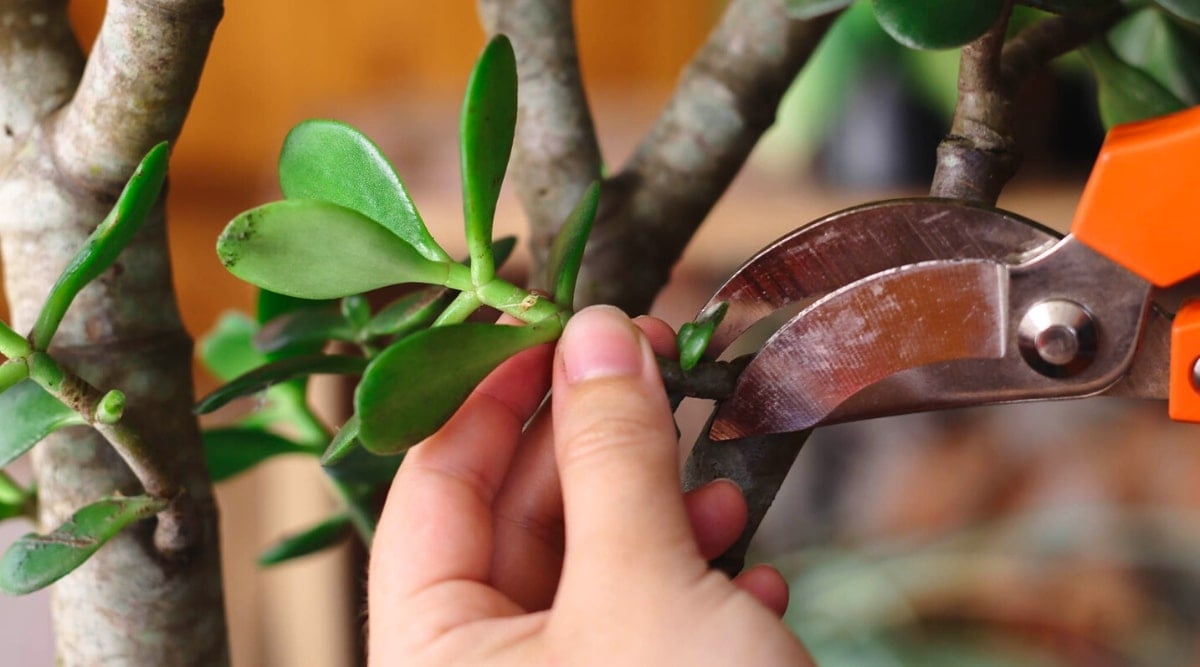
To address stretched and sparse plants, trim back branches carefully without removing more than one-third of the plant. Prune back to areas of healthy growth before stems began to stretch, cutting just above the rings where new growth will emerge.
Step 3: Cut Off Damaged Leaves
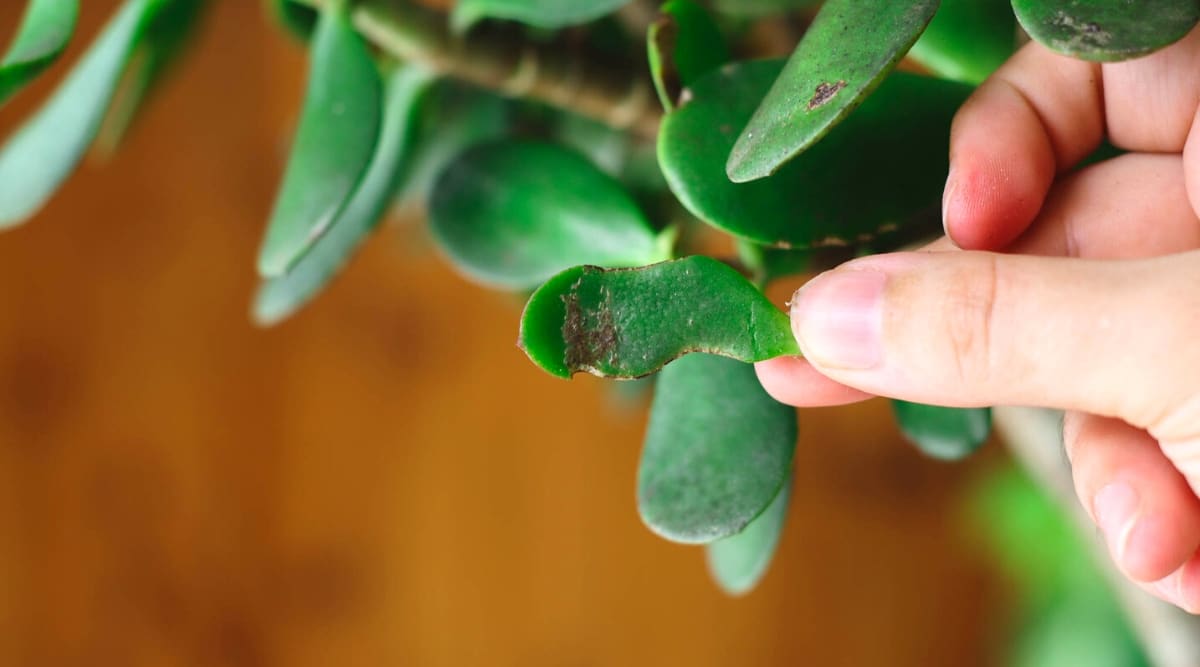
Step 4: Trim Excess Growth
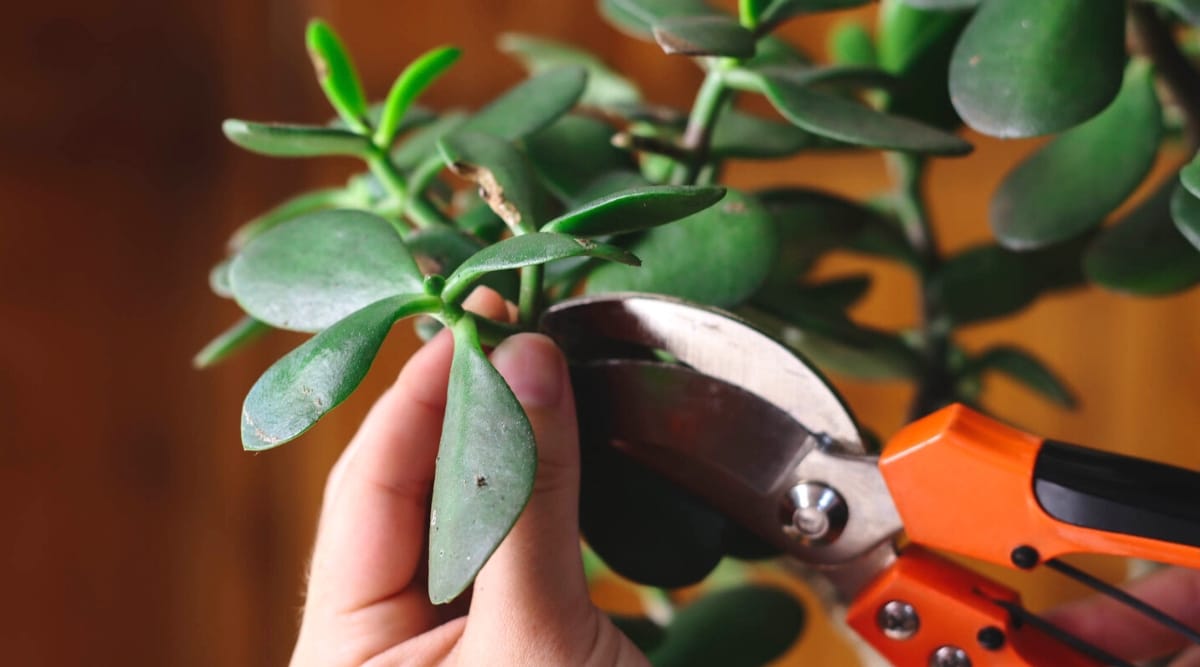

Trimming excess growth is essential for maintaining the shape and size of your plant. Be cautious not to trim more than a third of the plant to avoid causing stress. Focus on removing branches that extend beyond your desired plant shape. Additionally, shape your plant by trimming lopsided branches and eliminating sections that disrupt the overall aesthetic.
Final Thoughts
Empowered with the knowledge of how to effectively prune and shape your Jade plants, dive into the trimming process. By adhering to the straightforward guidelines provided, you’ll witness your plant’s transformation into a healthier and more robust version in record time.




